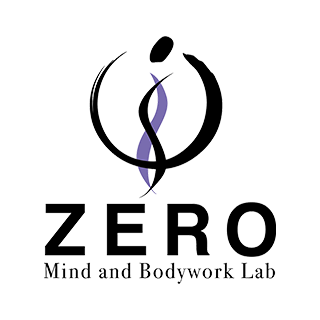Introduction
Hello! My name is Hidefumi Otsuka, and I am practicing Rolfing in Shibuya, Tokyo.

The way we work has changed—but our bodies haven’t caught up.
In Tokyo’s international business scene, remote work, hybrid meetings, and endless hours at a desk have become the norm. Whether you’re working from home in a compact apartment or managing cross-border teams across time zones, your body is likely adapting in subtle but significant ways.
You may find yourself slouching into your chair by mid-afternoon, battling stiffness in the lower back, or struggling to concentrate as tension builds behind your eyes and jaw. These are more than ergonomic issues—they are somatic expressions of sustained postural imbalance.
The Hidden Cost of “Productivity”
Working long hours at a desk may feel mentally productive, but physically, it often leads to:
- Forward head posture and chronic neck tension
- Collapsed chest and restricted breathing
- Tight hips and lower back discomfort
- A sense of disembodiment or dullness
While stretching or occasional massage might bring short-term relief, these patterns tend to reassert themselves—because they are deeply embedded in how we habitually use our bodies in space.
Rolfing: Restoring Structural Integrity
Rolfing® Structural Integration takes a comprehensive approach to these challenges. Instead of addressing isolated symptoms, it focuses on improving the overall organization of the body in gravity.
Through precise, hands-on work on the fascia—the connective tissue matrix that holds the body together—Rolfing helps:
- Unwind chronic holding patterns
- Free up restricted breathing
- Restore balance between the spine, pelvis, and limbs
- Improve spatial awareness and groundedness
Many clients describe feeling “lighter,” “taller,” and “more at home” in their bodies after a series of sessions. These changes are not superficial—they reflect a shift in the underlying architecture of movement and perception.
Client Insight: A Shift in More Than Posture
One of my clients, an American working in Japan initially came in complaining of lower neck stiffness and low energy. After three sessions focusing on pelvic alignment, spine mobility, and diaphragmatic release, she reported not only improved posture, but also enhanced clarity and mental focus during the work hours.
“I didn’t realize how much my body was holding me back,” she said. “Now I feel like I have more bandwidth—not just physically, but cognitively.”
This is a common experience. When the body becomes better organized, energy that was spent compensating for misalignment becomes available for attention, creativity, and engagement.
Beyond Massage or Chiropractic: A Learning Process
Unlike conventional massage or chiropractic adjustments, Rolfing is not simply about fixing or relaxing the body. It is a somatic education—a process of helping the nervous system and connective tissue network learn new ways of supporting posture and movement.
This means that change is often more sustainable, especially when accompanied by increased awareness of how you sit, stand, and breathe during the day.
Conclusion: Support Your Body—So It Can Support You
Remote work may be the new normal, but physical discomfort doesn’t have to be part of the package. If you’re finding it harder to concentrate, stay energized, or feel grounded in your daily routine, it may be time to listen to what your body is telling you.
Rolfing offers a quiet, focused space in which to explore and restore your physical foundation—so that your mind, energy, and attention can flow more freely.
Consider booking a session. Your body—and your work—will thank you.

